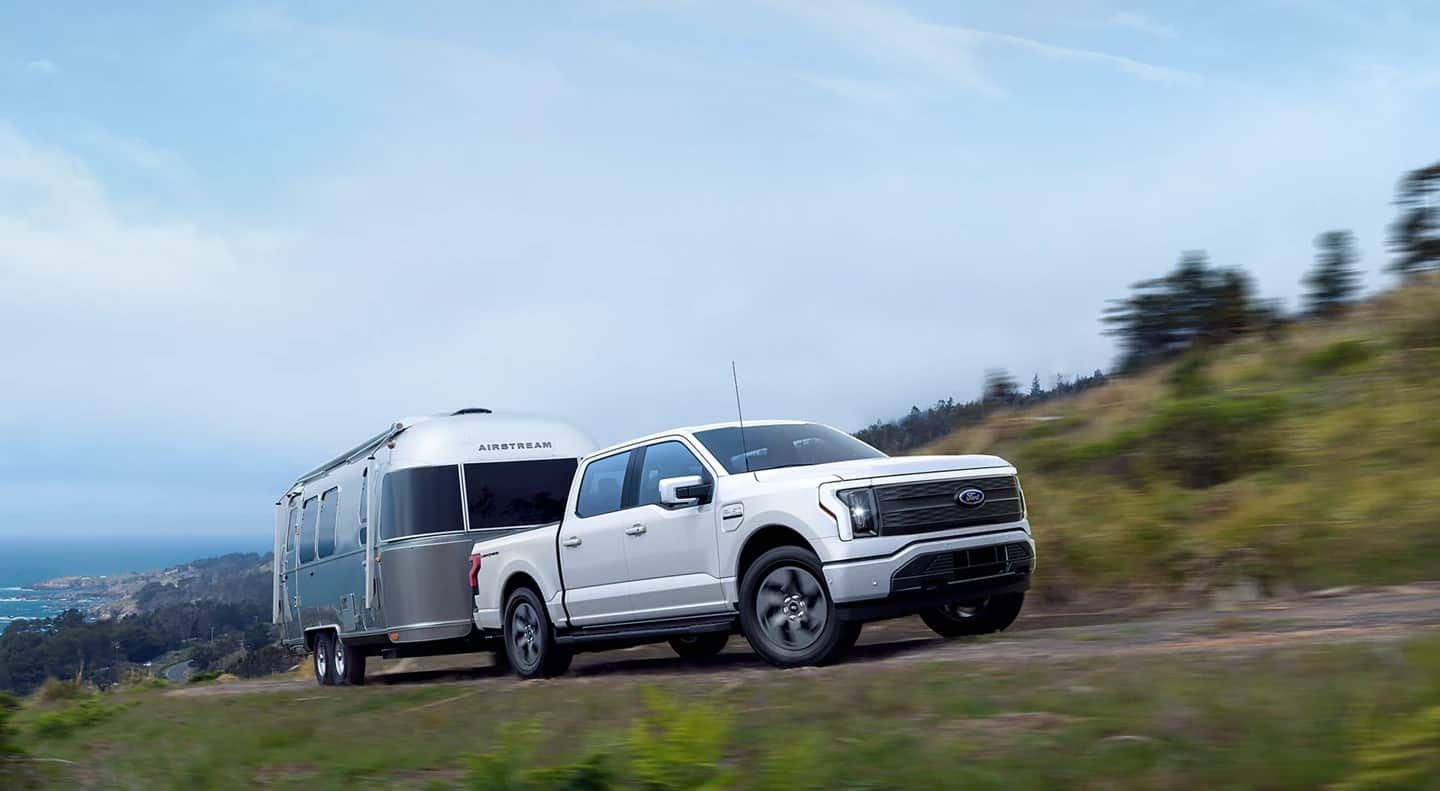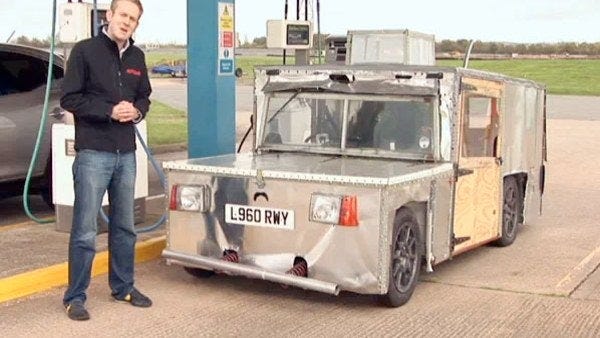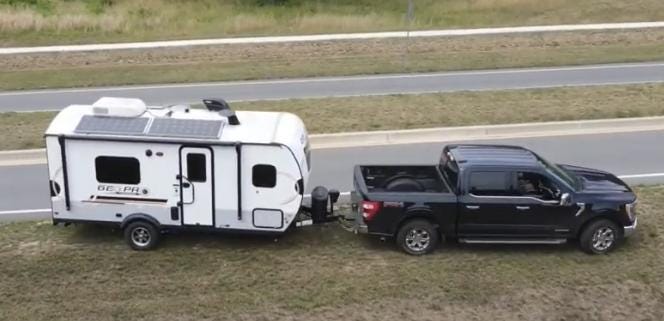🟦 Can putting a generator in the back of an EV charge it while driving?
Nope! If wishes were horses, beggars would ride...
Dear Readers,
My article on the range of electric vehicles while towing had a few interesting comments and questions. In fact, I still get emails with the same basic question: Can I run a small generator in the back of my EV truck to help recharge it while driving or towing a trailer?
Here’s a typical question from a reader
“I always wonder why can’t a gas generator recharge at the same time that you are driving? If this could happen, then even if it can’t totally keep up with the demand, at least it could get you farther down the road. Also, even though it wouldn’t be totally independent of fossil fuels, it would be way better using a small one- or two-cylinder engine than the V-10 or V-8 that’s in there now. Why don’t we ever hear about an option like this? This is what I think of when I think about a hybrid, and my motorhome has plenty of room to set something like this up on it.”
The numbers don’t add up…
Yup, that’s true. If you look at the actual kWh of energy needed by an EV driving down the road and compare it to the energy output of any reasonable-sized generator, you’ll soon see that you’ll only be adding 10 percent (at best) to your driving range.
Just the facts, ma’am…
Here are the basic facts. A typical EV such as the Volkswagen ID.4 has a 75 kWh battery that allows it to drive about 275 miles on a single charge. That works out to around 3.5 miles of range per 1 kWh of charge. Now let’s assume you have a 2.2kW generator that can output 1,800 watts continuously. If you ran the generator for 4 hours, it would produce around 7 kWh of energy. Now, that’s assuming 100% transfer efficiency, etc. So, in 4 hours of driving, it could possibly add maybe 24 miles of range. But things being not 100% efficient, it would be lucky to add perhaps 15 to 20 miles of range to a 250-mile trip.
And it won’t work, anyway…
Also, every EV I’ve looked at locks the vehicle in park while charging, so you can’t drive away from the charging station with the cord plugged in. It would require a major modification to the EV’s charging system to make this even possible.
Yes, I’ve tried this myself
I’ve actually done this with a Class-1 charger that output 1,000 watts and calculated it would take around 75 hours of continuous generator running of a Honda EU2000is generator to completely recharge the 75 kWh battery in my ID.4 EV. So that’s even worse.
I did calculate that my Honda EU7000is generator could recharge an ID.4 in maybe 10 hours. But that’s a 240-pound beast that would burn through 5 gallons of gasoline doing this stunt. So, while it’s certainly possible, these are not practical solutions.
What about an EV truck towing a trailer?
Well, the numbers will be much worse for that situation. In that case, you’ll likely have a 150 kWh battery and a reduced towing range of perhaps 200 miles. So, even if you put a 7,000-watt generator in the bed of the truck, my numbers show it would take perhaps two times as long to restore half the mileage range. Not a great (or even good) option.
How about those Top Gear guys?
Yes, I know that the wacky guys from Top Gear showed this sort of thing on one of their television episodes a few years ago. They had a generator strapped to the back of a small electric vehicle and thought the generator would charge the battery enough to keep the traction motors propelling the car forward. But it failed miserably, which was one of the jokes in the show.
Isn’t that how hybrid cars and trucks work?
Yes, it is. But the F-150 PowerBoost truck I reviewed last summer had a 3.5L turbo boost V6 engine plus a 35kW drive motor it could use in various combinations. So, the gasoline engine was directly connected to the drive wheels most of the time, and the 35kW drive motor also acts as the generator power source for the 7.2kW on-board inverter.
The advantage of that setup is that the truck could drive for a few miles around town on the 1.5kW traction battery alone, or use the V6 and electric motor at the same time for a big boost while accelerating. And many plug-in hybrid cars have a much larger traction battery allowing them to drive maybe 75 to 100 miles on battery power alone before needing to power up the gasoline engine.
If you really wanted to extend the mileage enough to restore the lost range while towing a trailer, you would need something like a 25kW generator running in the bed of the truck. And that’s just not a practical solution by anyone’s calculations.
So the numbers are not there, just yet. But don’t count out electric RV’s just yet. There’s some exciting developments in the near future that could change how EVs operate. I can’t wait to see if they work…
Read Part 2 of this article where I answer more of your questions and discuss (self) charging EV possibilities. Click HERE
Let’s play safe out there… Mike











I didn’t say a purpose build hybrid with an all electric drivetrain couldn’t be built. Just that you can’t hang a portable generator on a conventional EV and expect to extend the range by much. Here’s all about the RamCharger 1500 truck. https://rvelectricity.com/2025-ram-1500-ramcharger-avoids-the-range-anxiety-of-ev-trucks/
Think of a diesel locomotive. Drive wheels are electric and the diesel engine drives the generator. just how big do you want the vehicle to be?